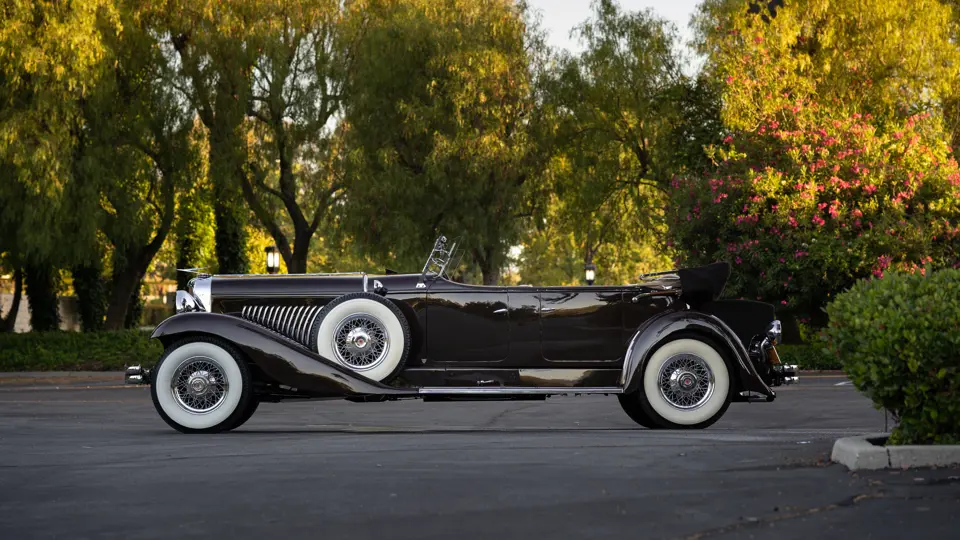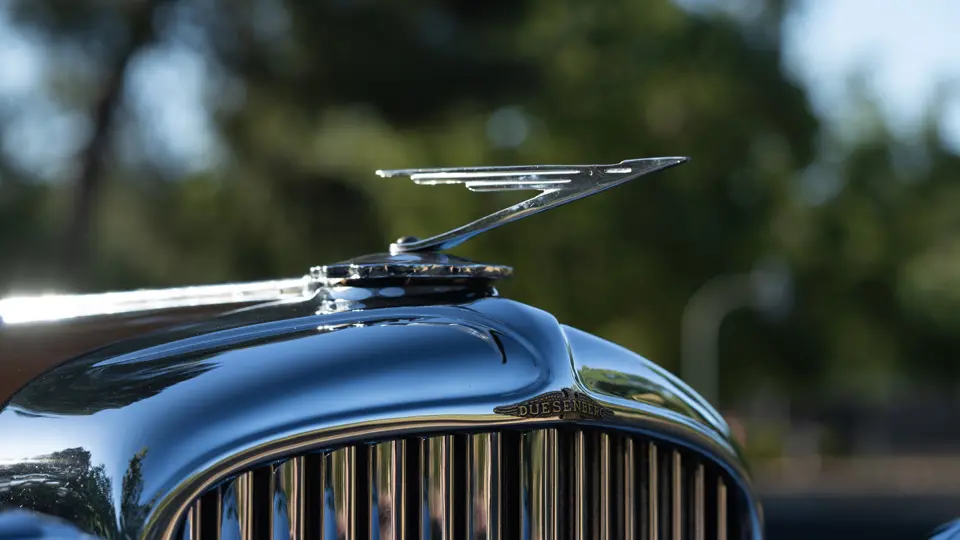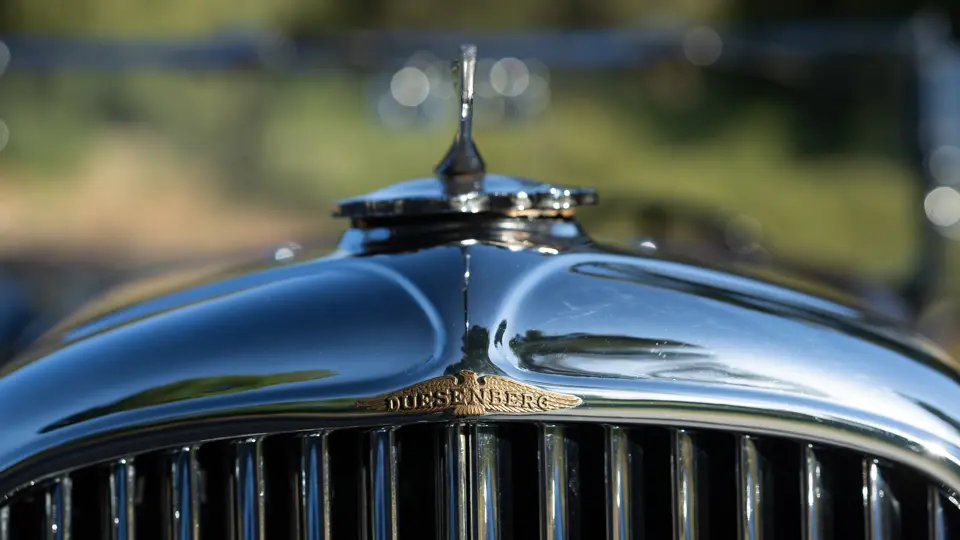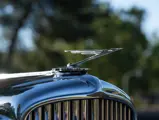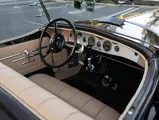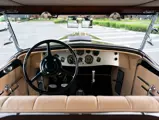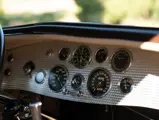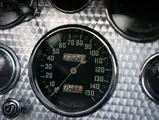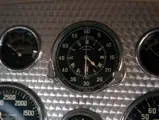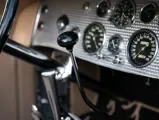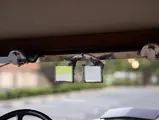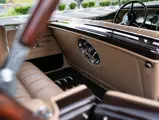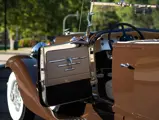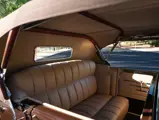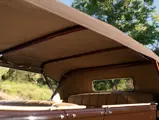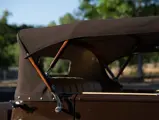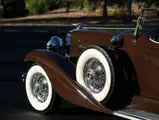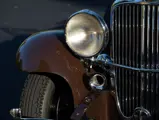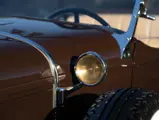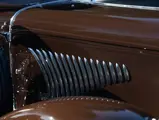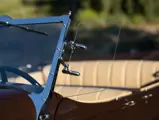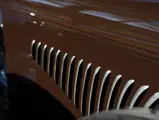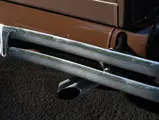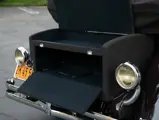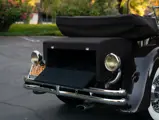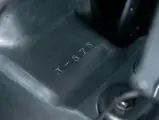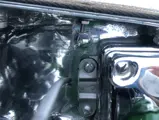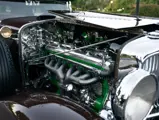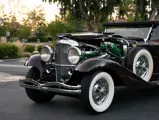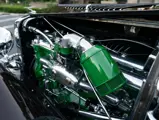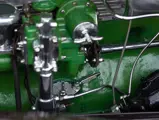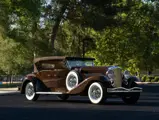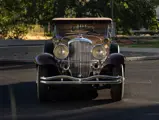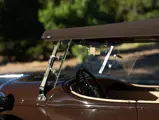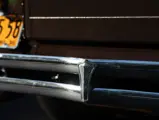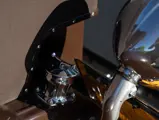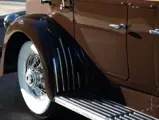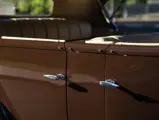
1936 Duesenberg Model J Tourster in the style of Derham
{{lr.item.text}}
$632,500 USD | Sold
{{bidding.lot.reserveStatusFormatted}}
- Fascinating history; originally one of the ten “JNs”
- Original chassis, engine, firewall, drivetrain, and fenders
- Elegant and unusual color scheme
- Upholstery completely redone in 2019 by specialist Rafael 'Rafi' Abramyan of Car Classic Interiors in Los Angeles, California
- Recent detailed mechanical and cosmetic preparation
THE DERHAM TOURSTER
The Tourster was Gordon Buehrig’s favorite Duesenberg. There is a lot to say about this handsome automobile, but the fact is that out of all of the creations that the master designer drew up for the mighty Model J, he preferred the Tourster, which speaks loudest of all.
The design was for a five-passenger touring car on the long 153.5-inch wheelbase Model J chassis, which in his 1972 autobiography, Rolling Sculpture, Buehrig described it as being “severely plain in ornamentation and [having] the unusual virtue of being equally handsome with the top in the raised position or when it is lowered.” The length of the chassis exaggerated the car’s lowered proportions, created by moving the rear seat ahead of the rear axle and the foot wells within the frame rails, which increased room for passengers while also allowing the top and sides of the body to be lower than on a standard phaeton.
With the Tourster, Buehrig also sought to solve a common problem of dual-cowl phaetons of the time. They were often equipped with second windshields to give weather protection to rear seat passengers, but these windshields were mounted on a hinged metal tonneau that had to be clumsily swung up out of the way each time a passenger entered or exited the automobile. The Tourster’s solution was a rear windshield that slid up and down out of the back of the front seat with the turn of a crank handle, providing a windbreak that also looked appropriately dashing—and it stayed out of the way.
The exclusive builder of the Tourster design was the Derham Body Company of Rosemont, Pennsylvania, the favored coachbuilder of the Philadelphia aristocracy. Eight original examples were built in-period; perhaps because of the great beauty of their design, all eight survive, have been restored, and remain well-cared-for in some of the world’s most prominent private collections.
Such was the popularity of the design that additional examples have been produced to the original design in years since, on a variety of platforms ranging from intact, complete original Model Js, to assemblages of parts. The example offered here is, fortunately, one of the finest examples of the former.
J-575: A DUESENBERG REBORN
Car no. J-575 retains its original engine, drivetrain, frame and firewall with which it was delivered new, as well as the original fenders of the attractive skirted design made optional on later Model Js. Originally fitted with a sedan body, one of the ten “JN” cars produced for Duesenberg by Rollston, the car was delivered new to the aptly-named Merry Fahrney.
Heiress to her grandfather Dr. Peter Fahrney’s patent medicine fortune at the age of 25, “Madcap Merry” led a rather adventurous life. She was one of the first female aircraft pilots, appeared in Cecil B. deMille’s 1934 version of Cleopatra as a way of making up money when her family “allowance” was unexpectedly reduced, and over the years married eight times. At one point, in 1938, she found herself unexpectedly married to two men at once, a baron and the fashion designer Oleg Cassini – the latter marriage having taken place aboard her private plane. When the Baron filed suit, she avoided the summons by fleeing a Los Angeles hotel concealed in one of her own capacious luggage trunks. A favorite of gossip and society columnists for much of her life, she was typical of the colorful and dramatic characters that populated Duesenberg’s ledgers.
The car was later acquired in the 1940s by prolific Chicago Duesenberg dealer, John Troka, who would own it several times in-between short-term ownerships, well into the 1960s. Late in that decade, the body was removed from the chassis, in preparation for restoration; while the chassis and drivetrain were being restored, the body was put into storage in a building that subsequently burned to the ground, taking Rollston’s creation with it. The complete chassis and drivetrain survived and was acquired by Ken Gardner of Chicago in 1969, who displayed the car sans coachwork at the Auburn Cord Duesenberg Club National Reunion; subsequently he had a Tourster body built for the car by Carl Amsley of Pennsylvania.
The completed Tourster was sold to longtime, avid Duesenberg collector Richard Boeshore of Pennsylvania, who would keep it until 2001. It was then sold to Russell Yordy and remained in Yordy’s ownership until 2009, when it was sold to Canadian collectors Randy and Mike Longfield. The car later passed to Terry Spilsbury of Charlestown, New Hampshire, remaining in his ownership for five years. The restoration has since been extensively freshened, including beautiful paint in this unusual chocolate hue, and more recently a new interior and $12,000 in detail work by Bill Larzelere.
This is among the finest “modern” Toursters, and an ideal Duesenberg for the enthusiastic driver to enjoy this coming year.

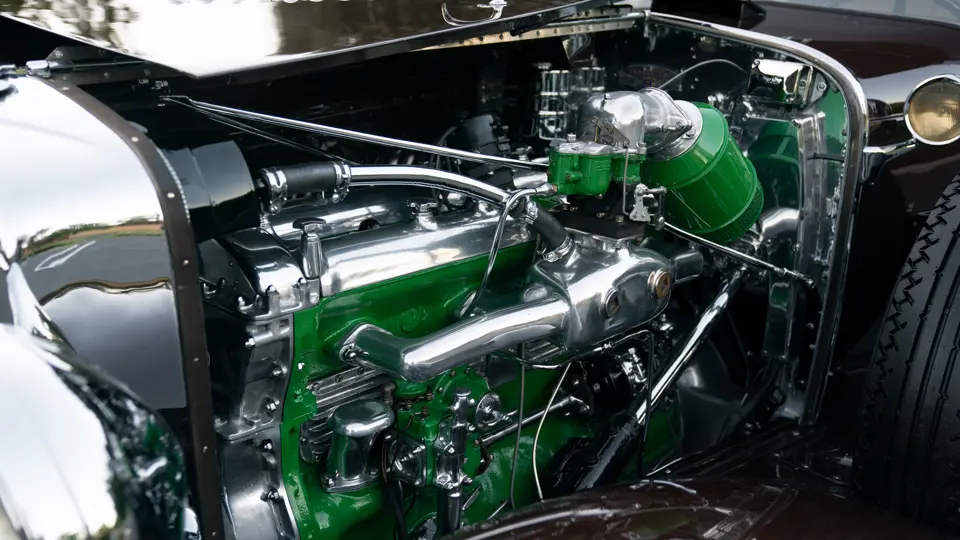




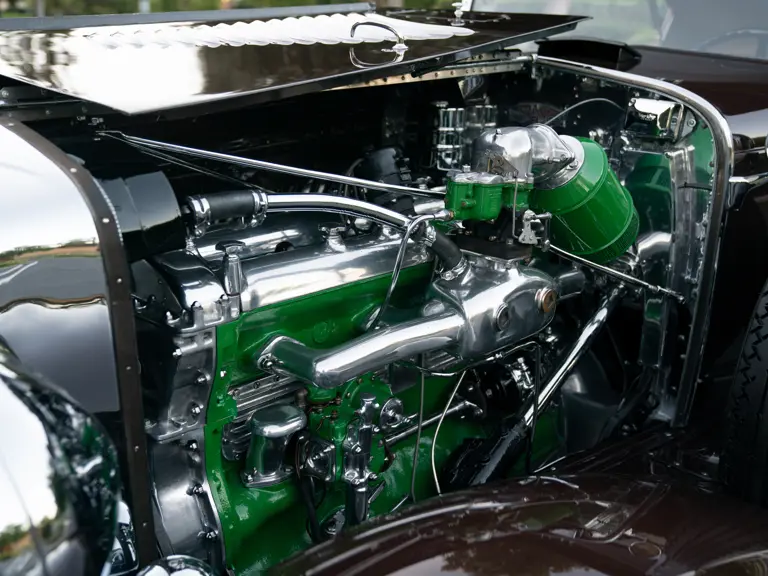

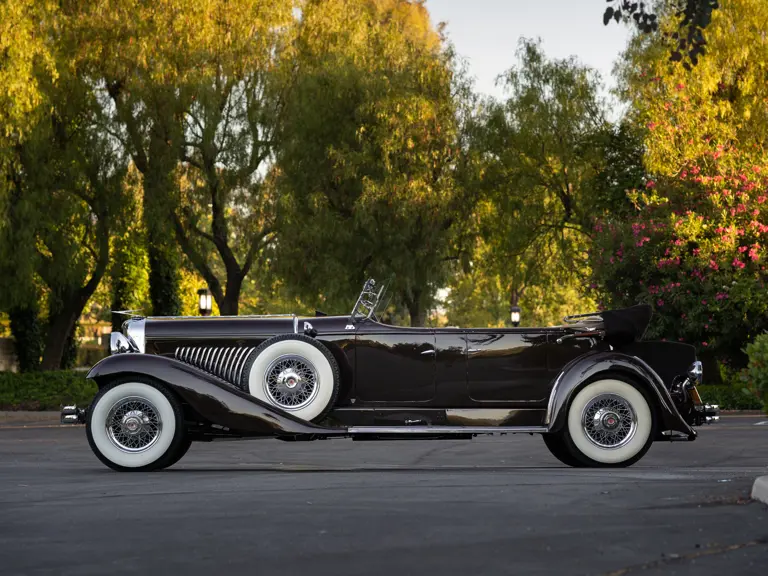
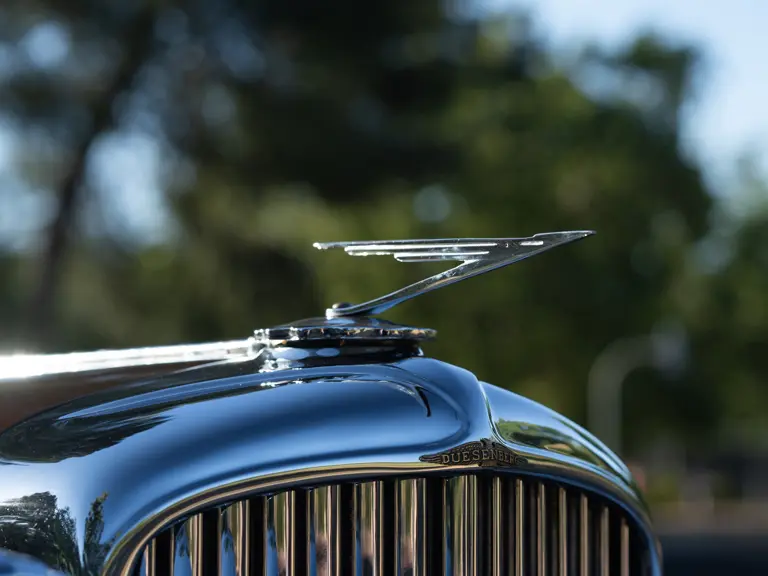

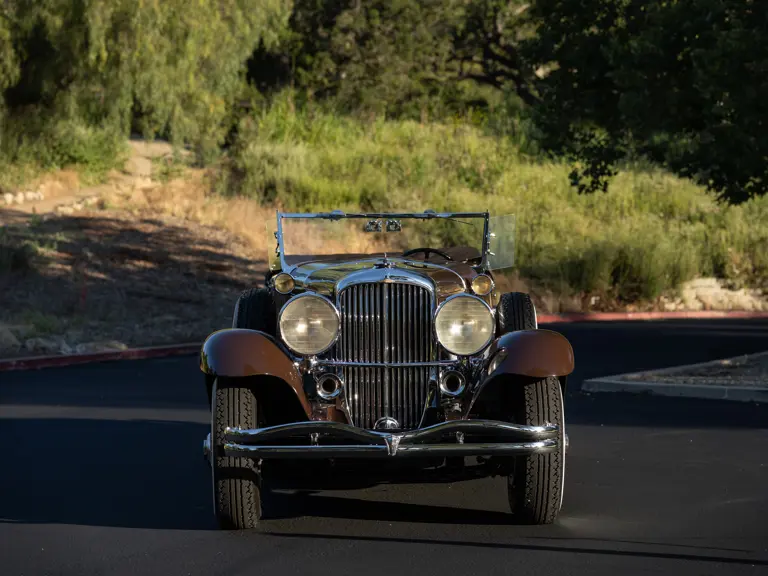


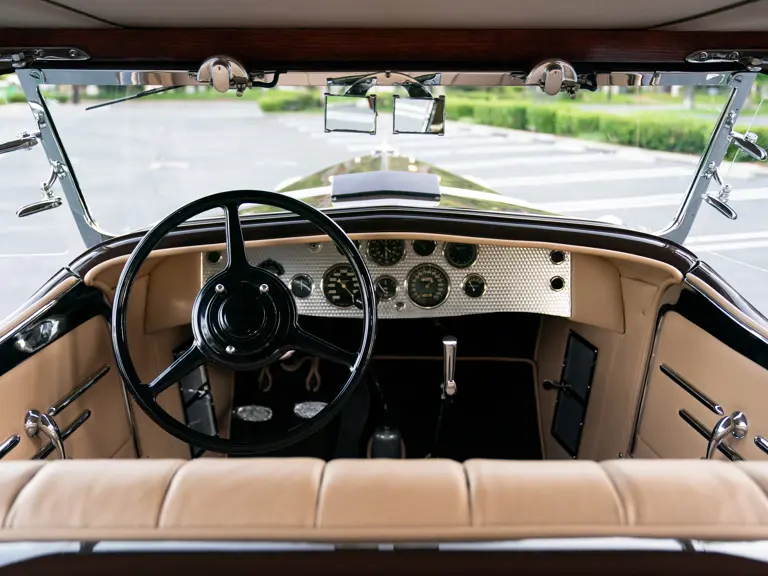


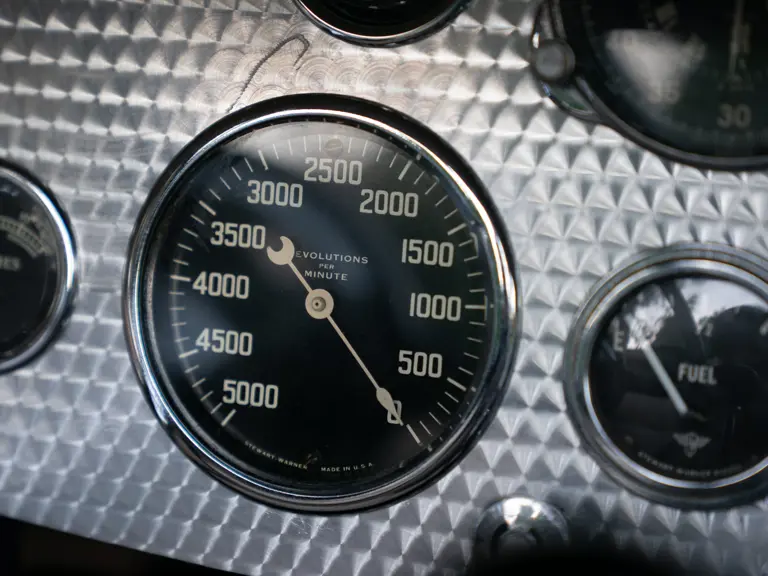

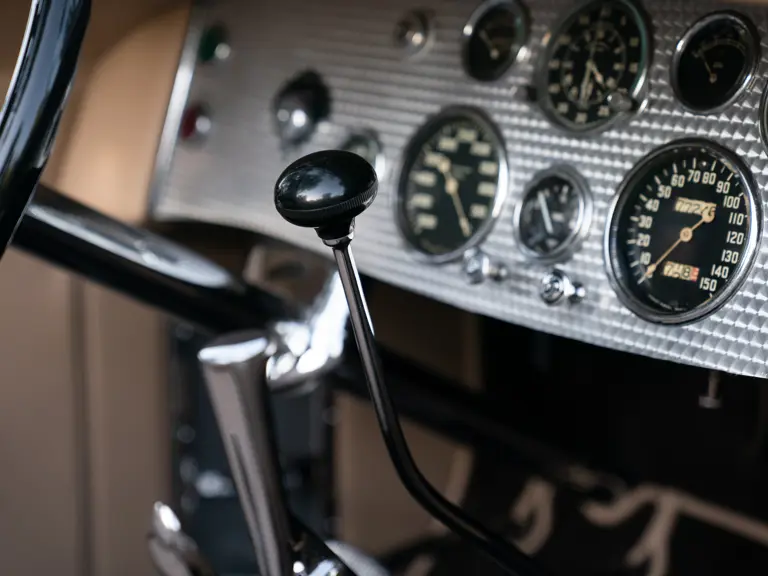
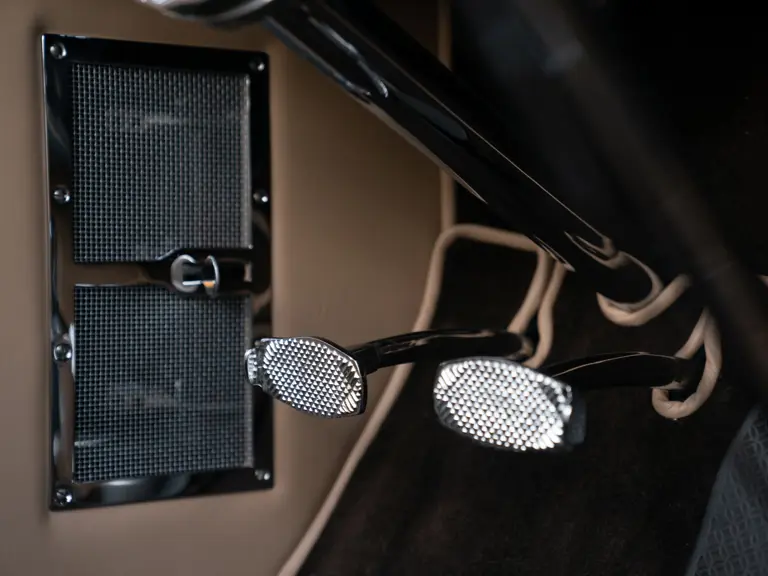
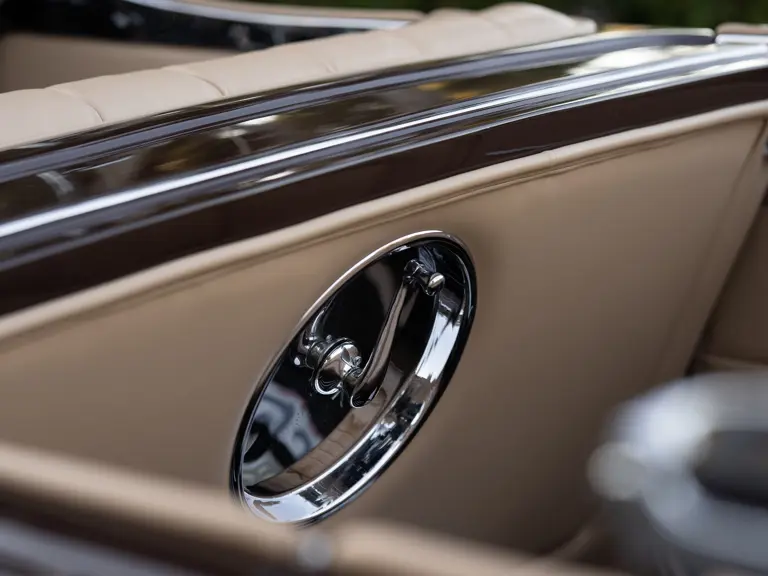
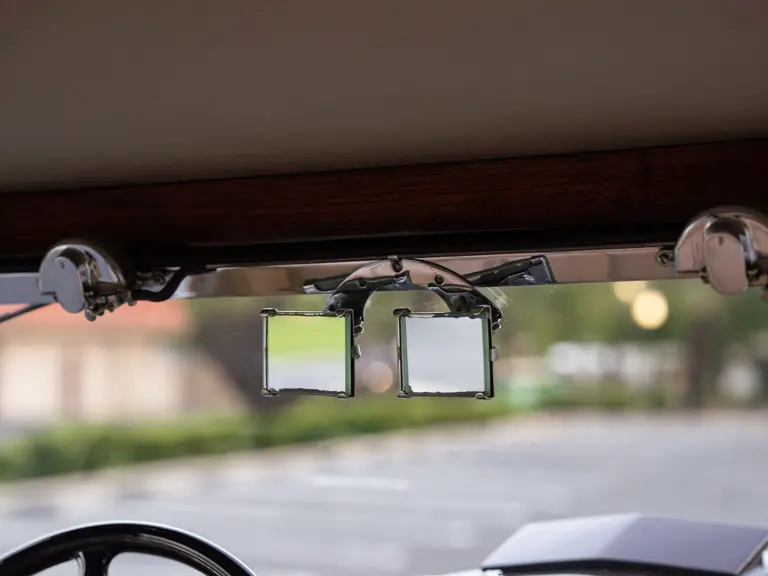
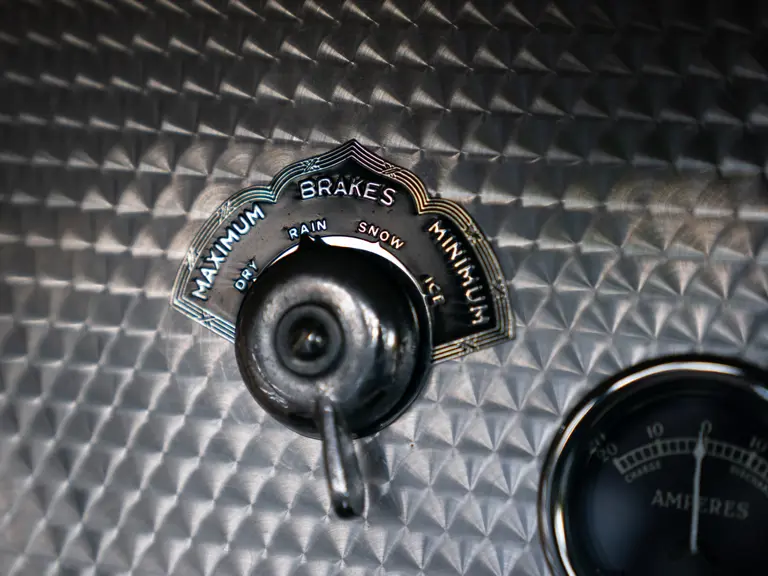

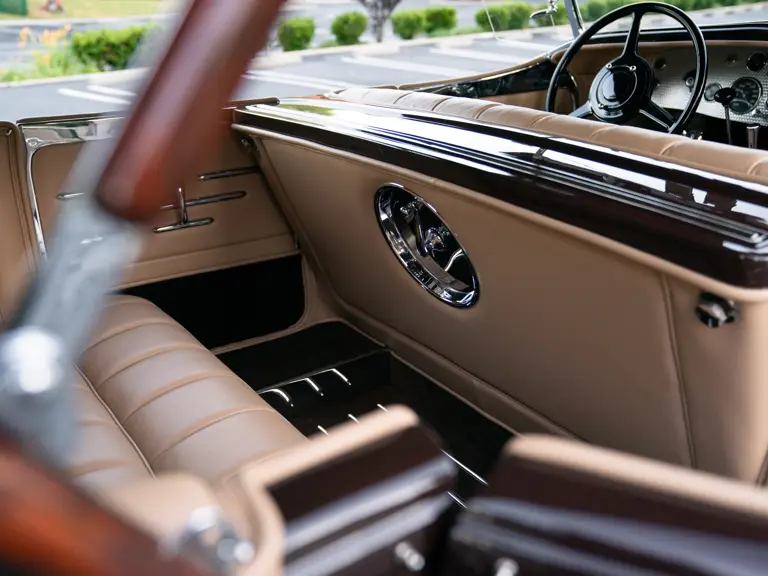
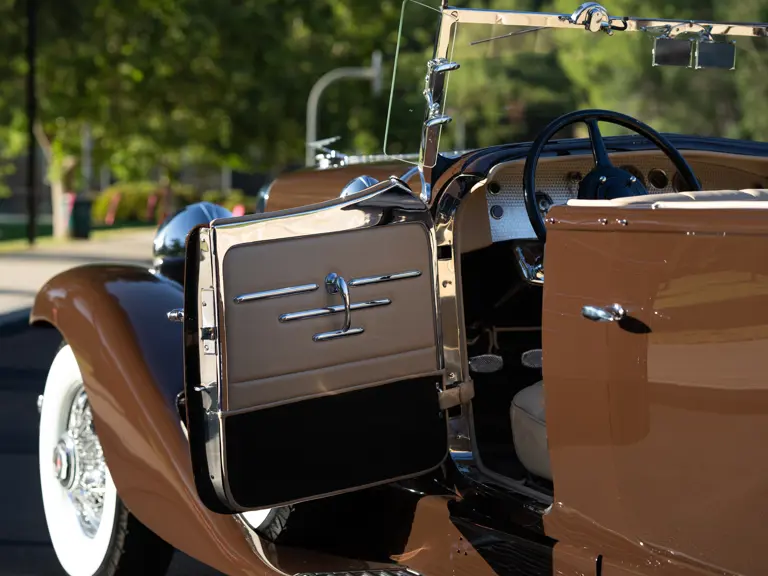
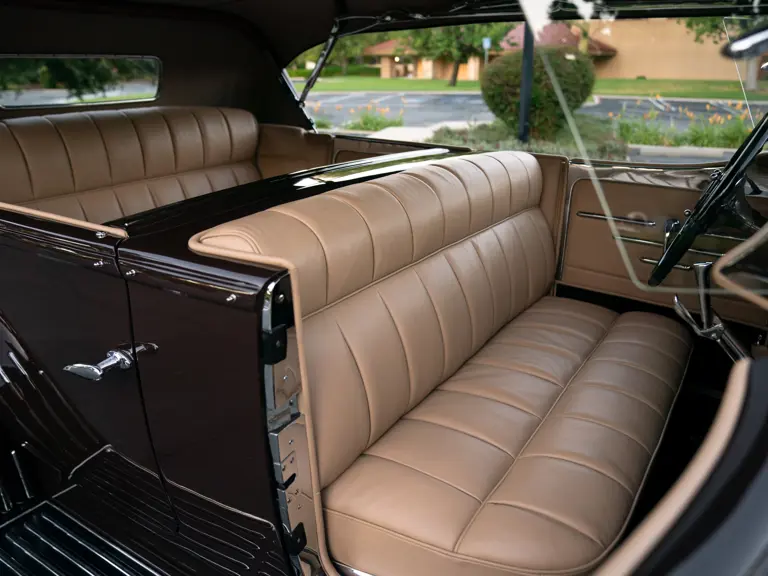
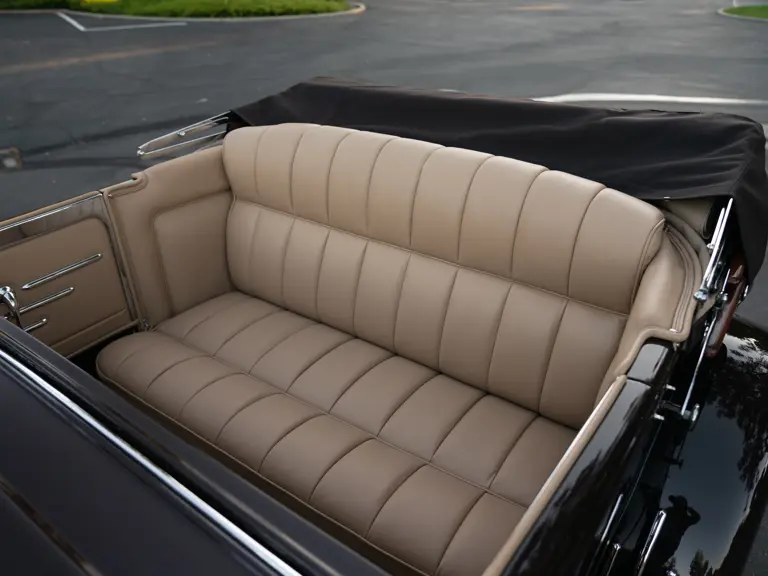
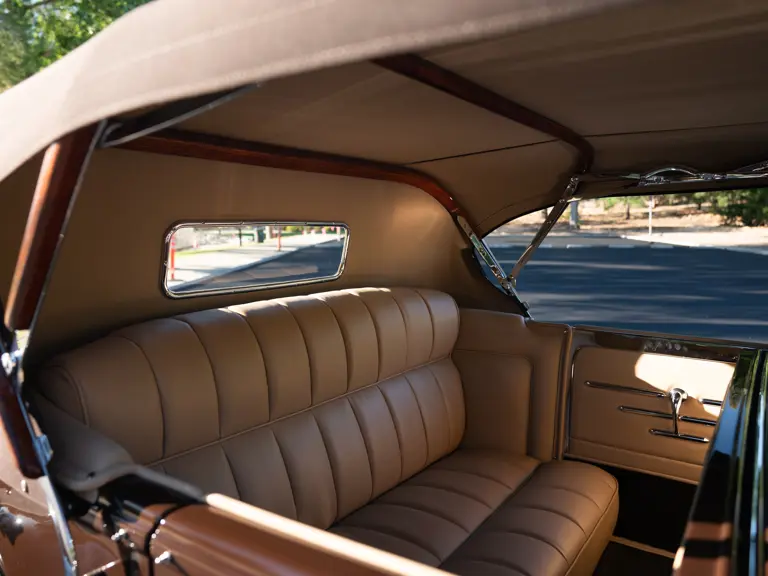
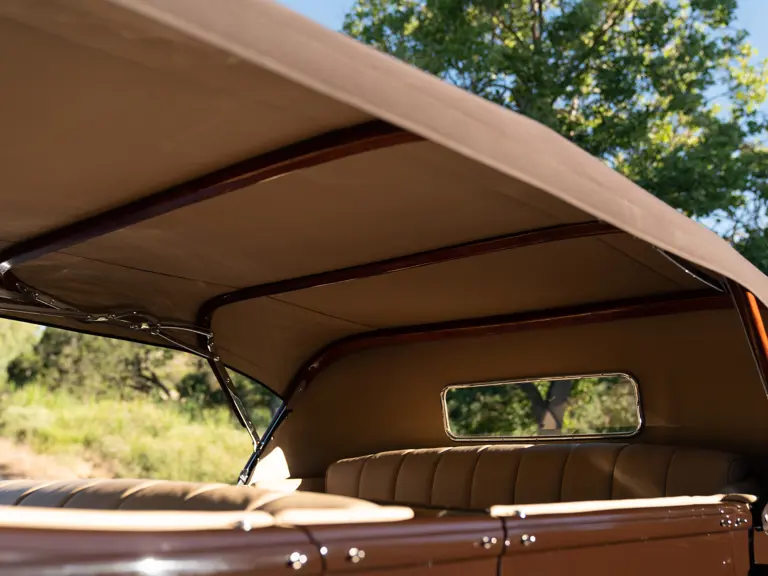

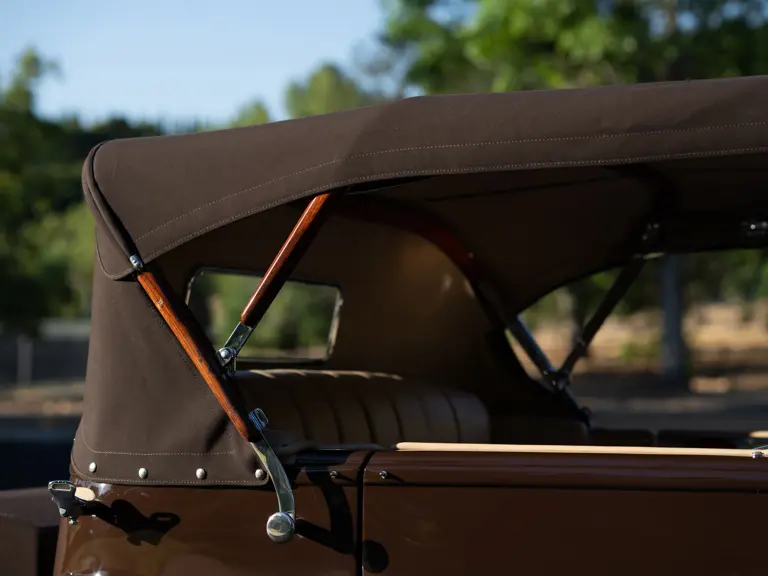
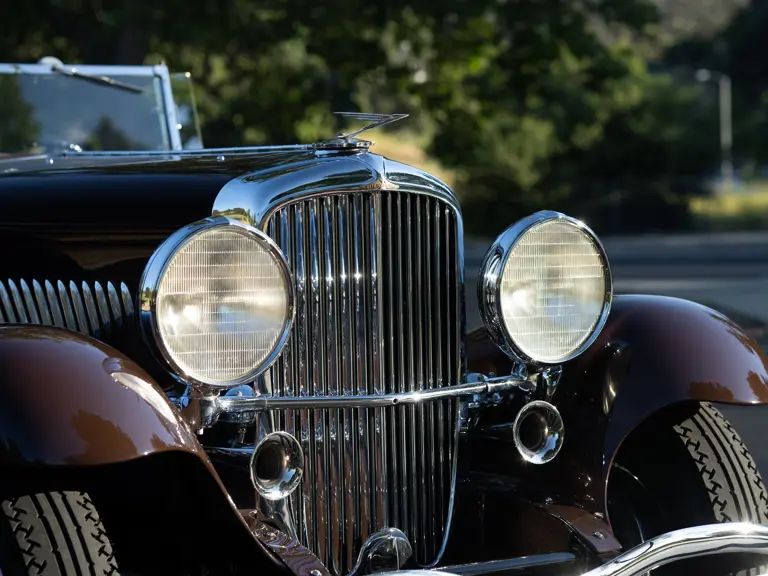
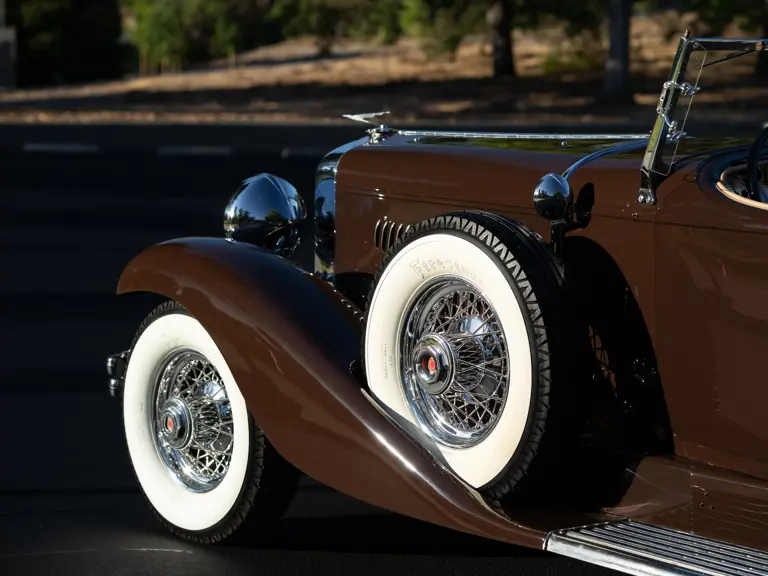
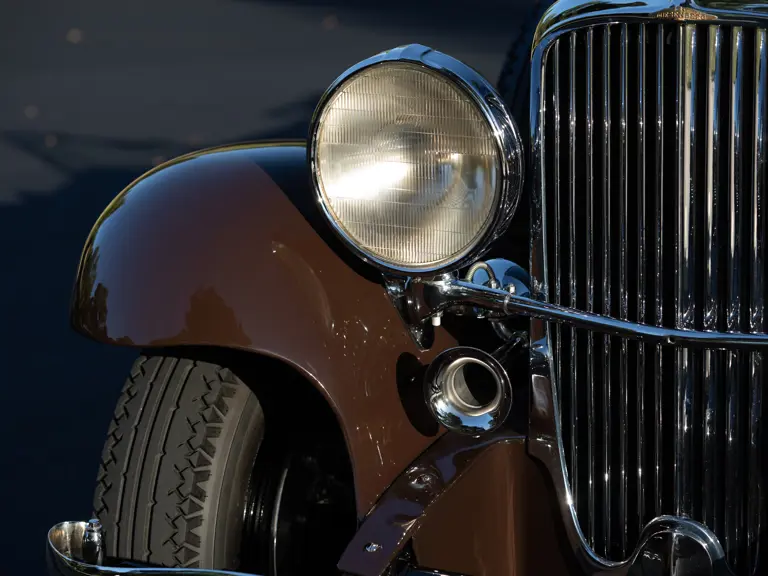
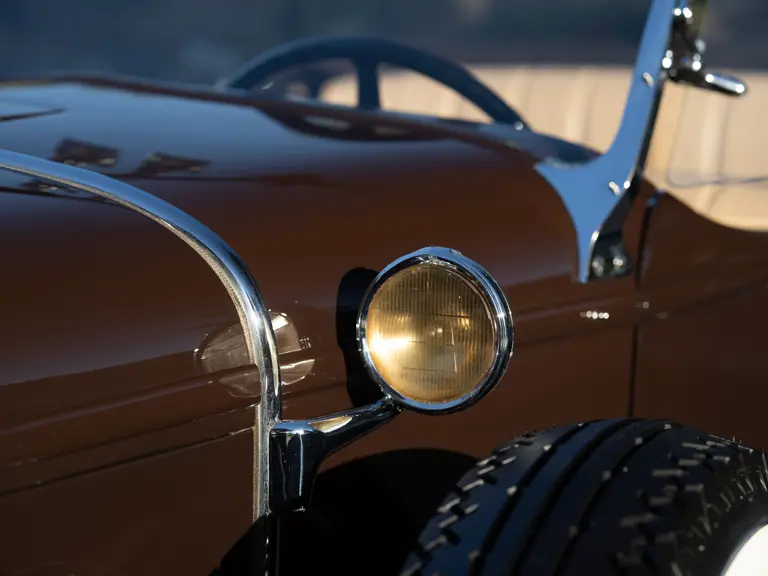
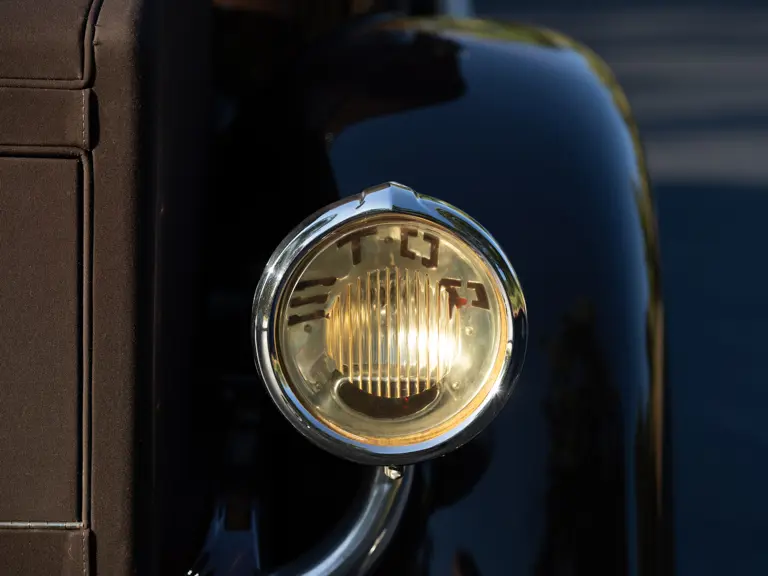


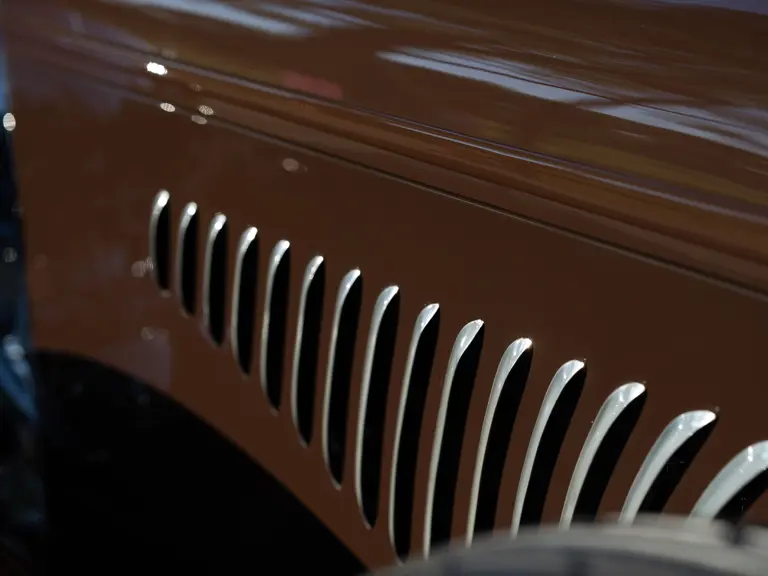
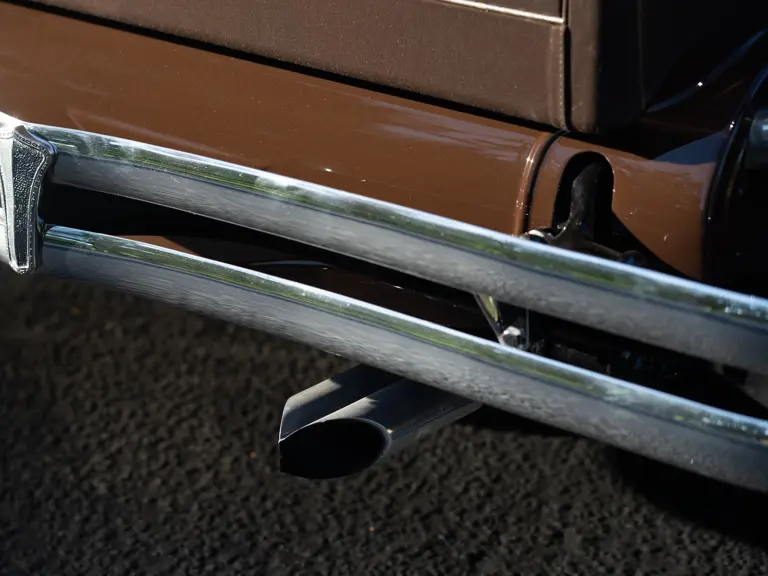

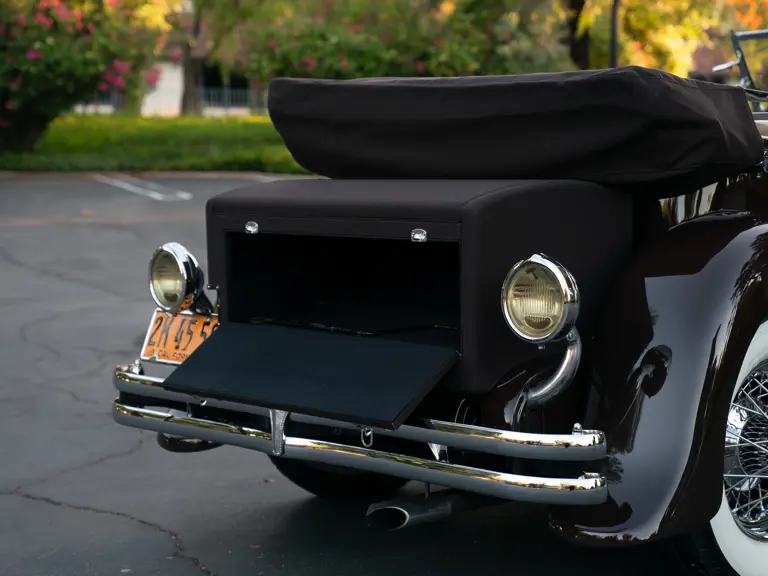
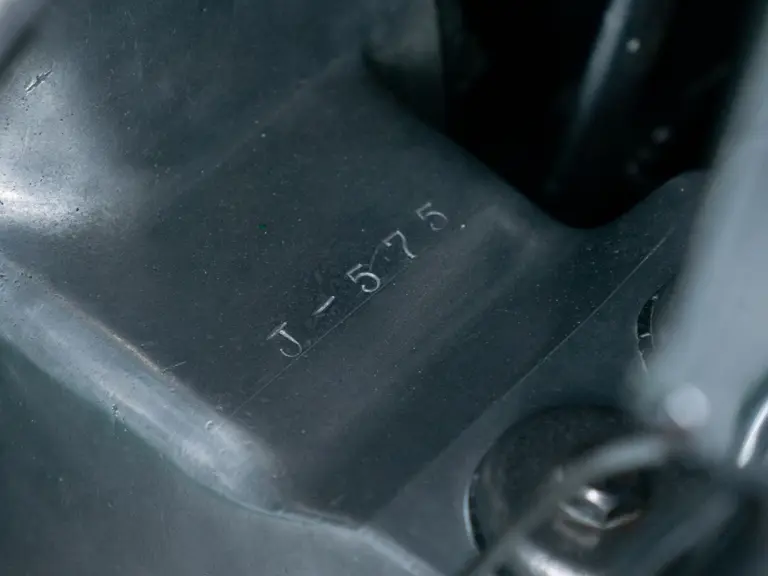
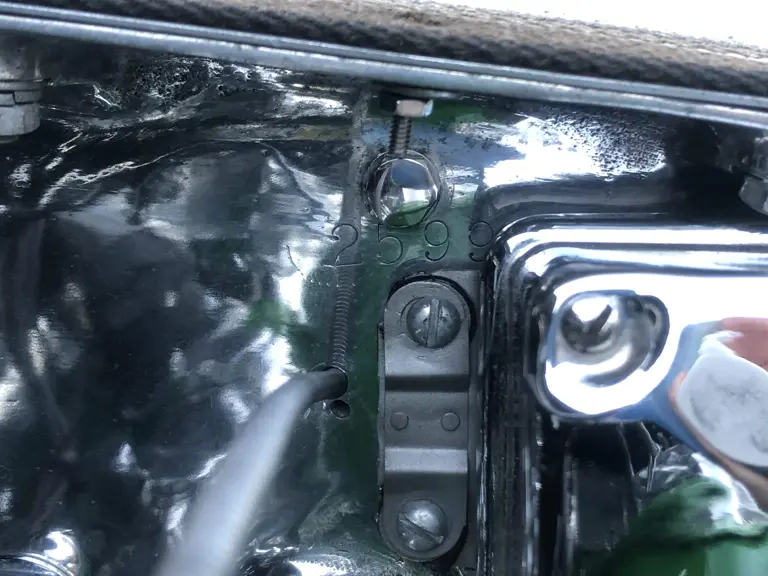
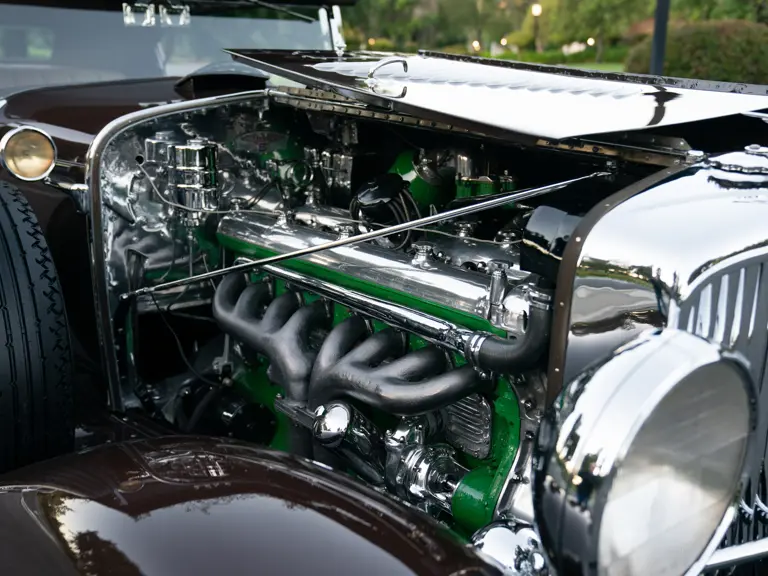
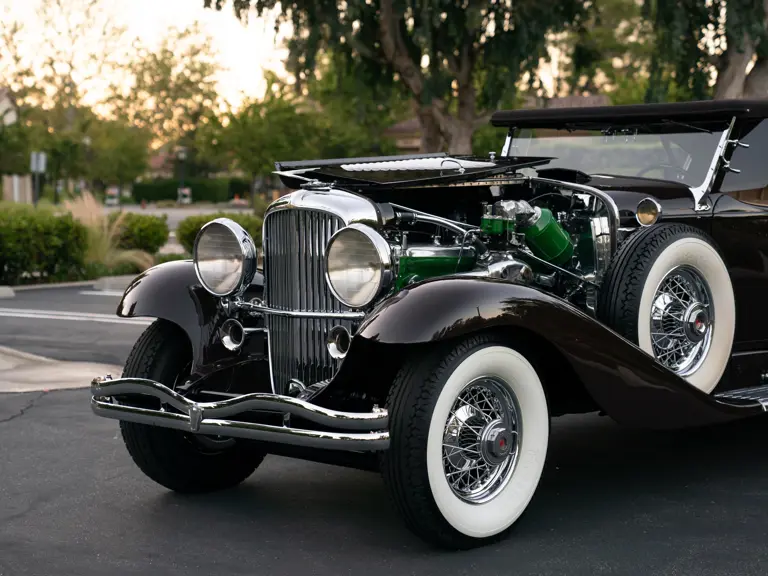

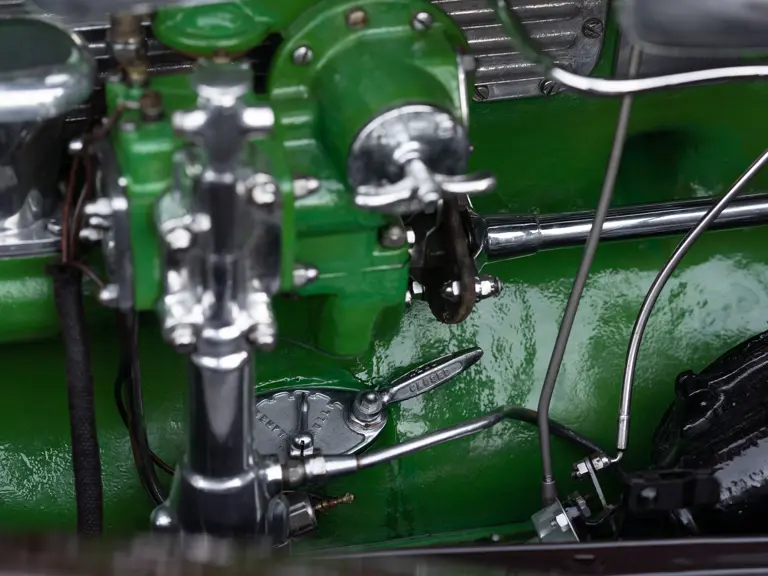
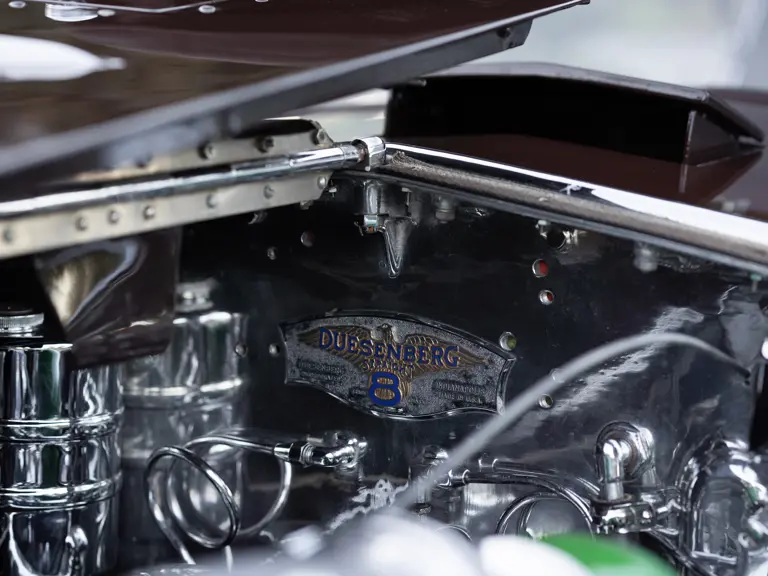
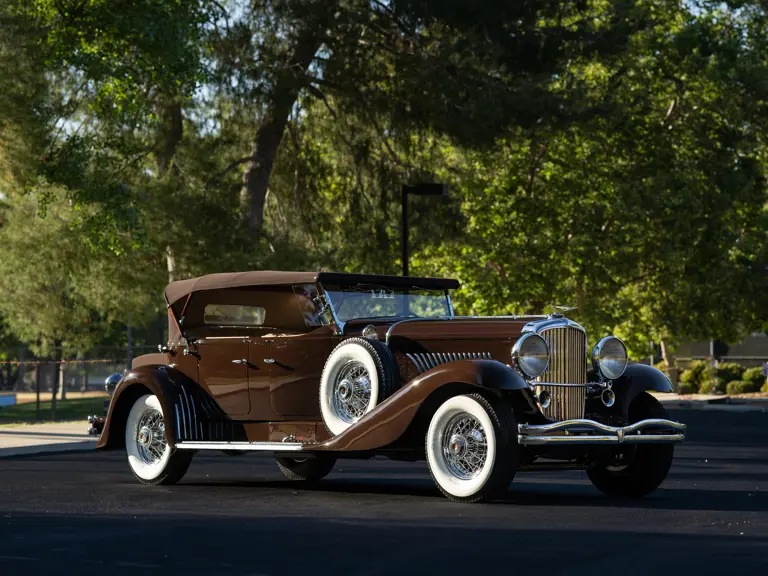

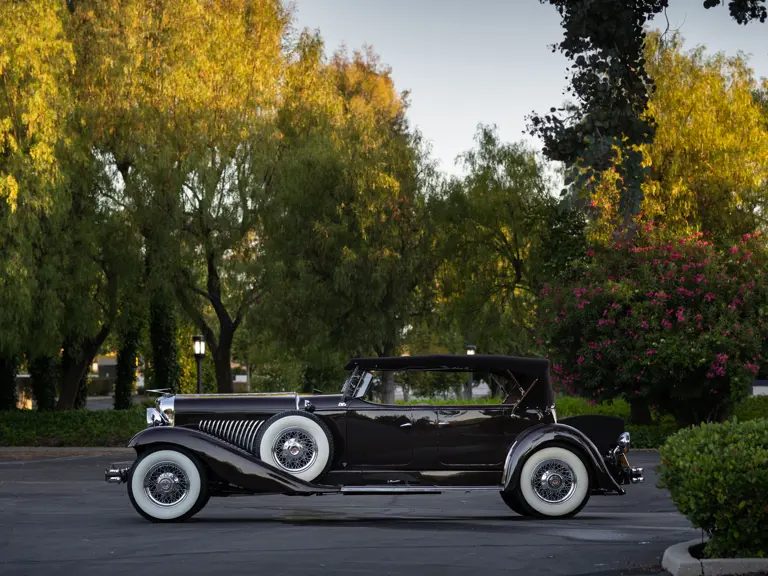
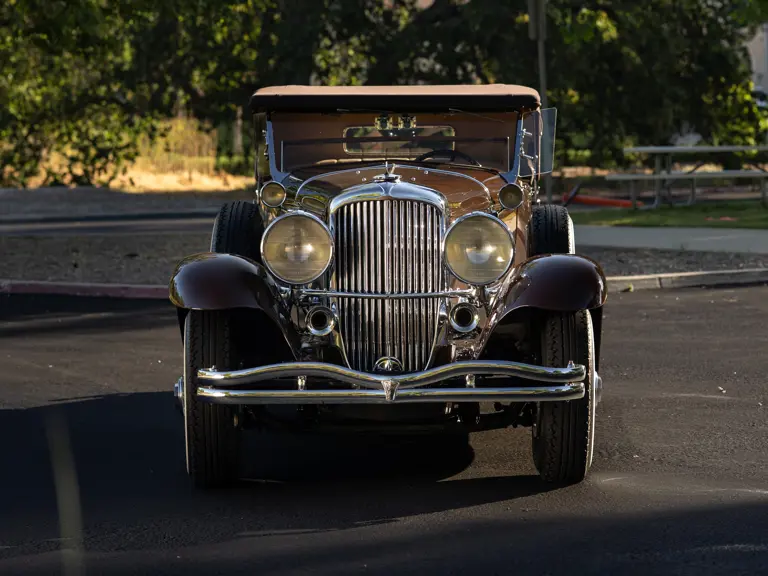
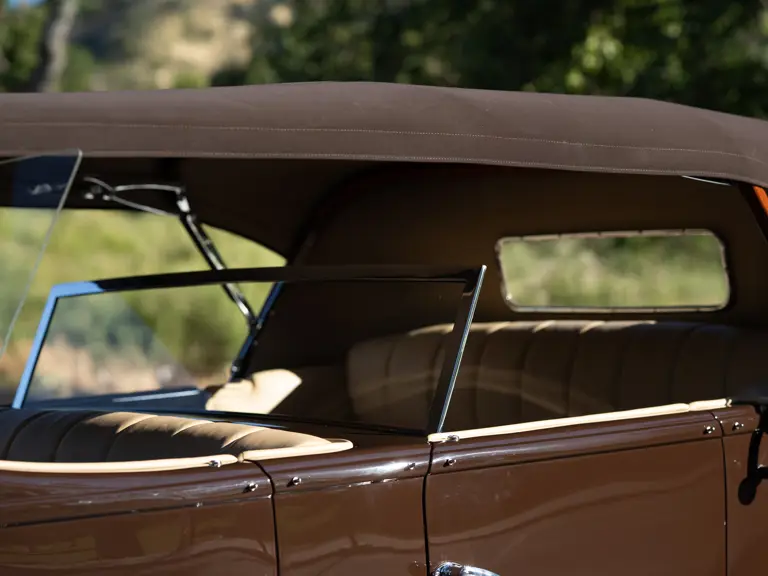

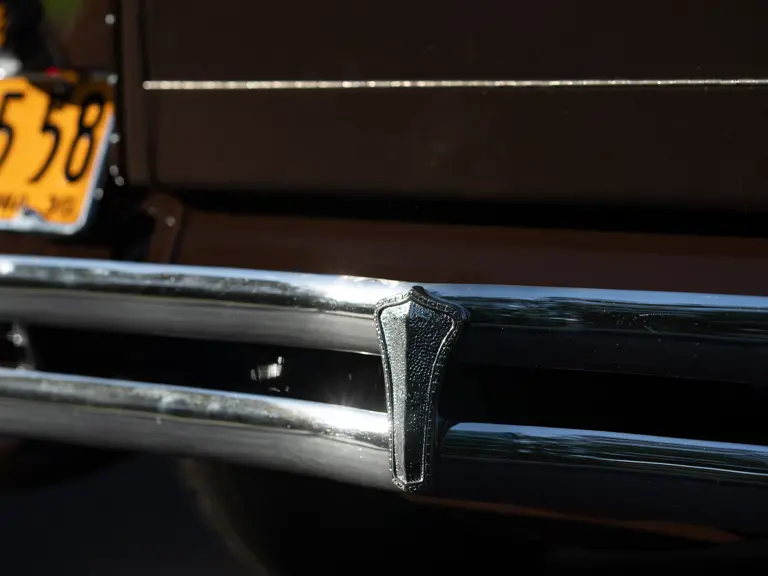
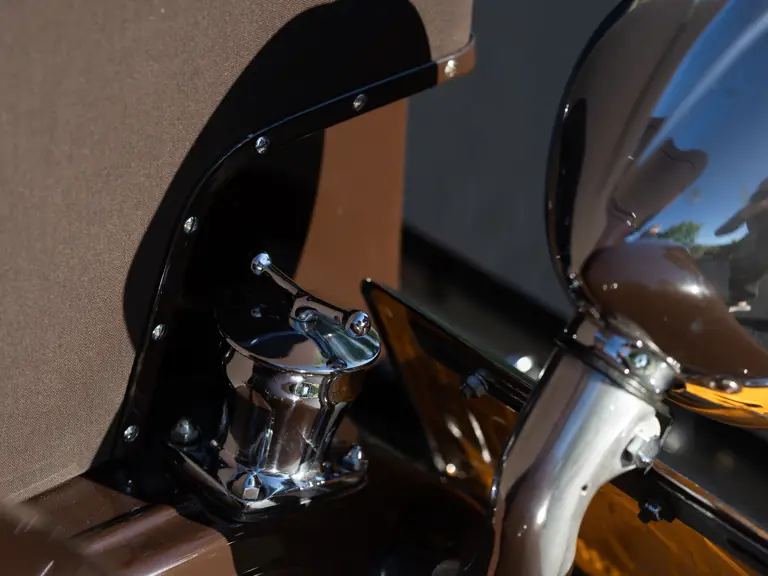

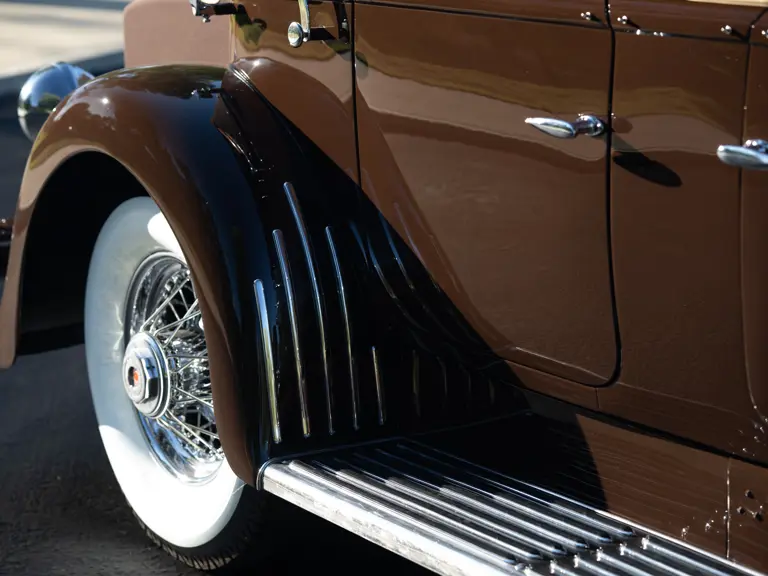

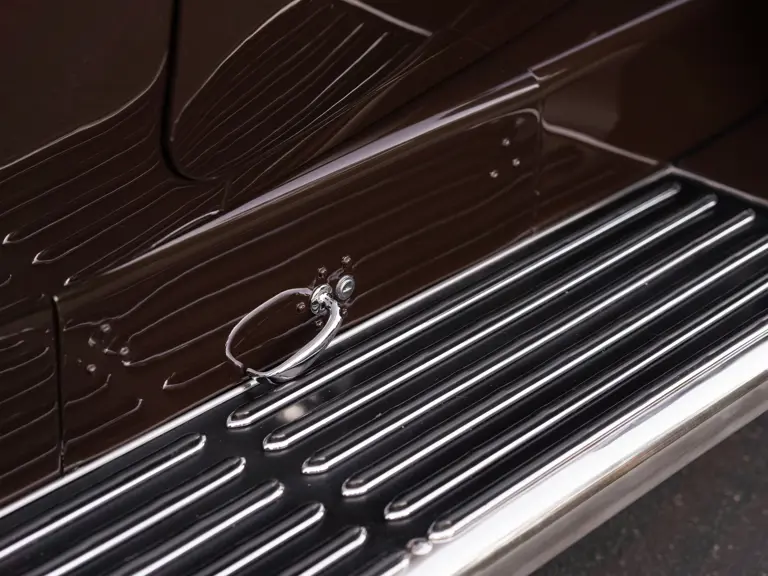
 | Auburn, Indiana
| Auburn, Indiana
